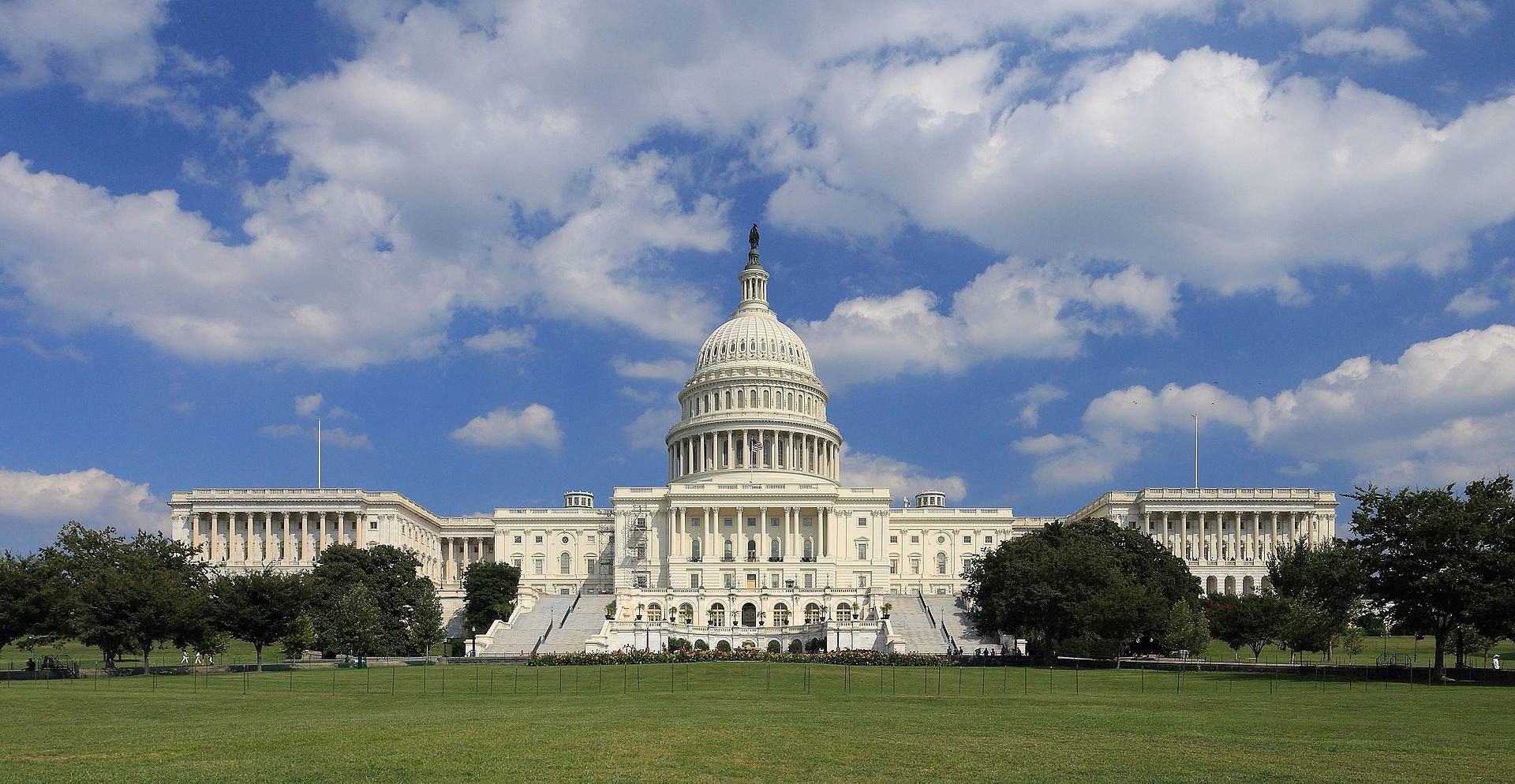Committee chair Sen. Lamar Alexander (R-Tennessee) began the hearing by acknowledging the extraordinary work of teachers and districts across the country. While noting the many challenges K-12 school districts face in reopening campuses — including implementing physical distancing, creating a mask-wearing culture, and instituting rigorous hygiene and sanitation requirements — Alexander touted the key role reopening schools will play in moving the country forward. “Administrators have a responsibility to make our schools among the safest small communities in our countries, and in doing so will help our country move toward normalcy,” he said. To help in the area of testing, Alexander announced that between 40–50 million diagnostic tests will be available by September.
Ranking member Sen. Patty Murray (D-Washington) used her time to emphasize that sudden school closures have exacerbated achievement gaps and to highlight the urgent need to address learning loss for the most vulnerable student groups. “As we talk about ways for schools to reopen safely for students and staff, our response must not only ensure public health and science is driving decision-making, but also ensure every child has access to a high-quality public education,” she said.
The four hearing witnesses — who represented state education departments in Nebraska, Tennessee and Denver Public Schools, as well as former Secretary of Education under Barack Obama and current president and CEO of the Education Trust John B. King, Jr. — made equity central to their statements about reopening schools. The digital divide was identified as the top barrier to providing equitable access to education during distance learning.
“School closures due to the pandemic, although unquestionably necessary to protect public health, have had a disparate impact on students of color, students from low-income backgrounds, students with disabilities and English learners,” said King. “Students who have been historically underserved have disproportionately experienced less access to devices and internet service, teachers with less support around online learning, parents less able to telework and support their learning during the day, and more socioemotional stressors. As we look toward the 2020–21 school year, we must ensure that all students — especially the most vulnerable — get the educational resources they need.”
Addressing learning loss
Witnesses raised many issues related to learning loss during the hearing, and all the proposed solutions require an infusion of funding that states do not have due to the economic crisis. King said diagnostic assessments will be needed to understand where students are in their learning and those who have fallen further behind will need to receive tailored interventions.
Superintendent of Denver Public Schools Susana Cordova said now is the time to look at the public school system, among many, to address inequities. “It is increasingly clear that our systems — education, policing, health care and housing — are fraught with inequities and systemic racism,” she said. “We now have the unique opportunity, unlike any other time in our lifetimes, to address these inequities and create a better solution for our students and our communities.”
The Colorado district is planning to reopen schools with a blended learning model, with all students having at least 40 percent of learning time in person with a teacher. One strategy the district is employing to begin to address learning loss and achievement gaps is to have underserved student groups receive one additional full day of in-person instruction each week.
Sen. Christopher Murphy (D-Connecticut) expressed alarm that Congress might go into a two-week recess in July without providing the much-needed additional education funding. “We need to get additional funding to states and/or to school districts before the July recess because the planning that needs to be done in order to reopen schools safely is going to be done this summer,” he said.
All panelists agreed with this stance. Speaking for the group, King cited specific funding needs for closing the digital divide, addressing learning loss and providing supports for the socioemotional and mental health needs of students and staff. He said more than 70 stakeholders have called on Congress to allocate at least $500 billion for state and local governments, including at least $175 billion for K-12 education and $4 billion specifically for the E-rate program to address the digital divide. “We have the public health data to help drive decision-making on when students return to school. Now we need to target the appropriate resources and supports to help students, educators and school staff recover and prevent any further widening of inequities,” King said.
Sen. Alexander closed the hearing asking the witnesses to let the committee know what parts of CARES Act funding are being used to address some of the issues raised in the hearing. “There is $150 billion that has been given to the states and about one-third of the state budget, or more, goes to education — so I would assume some of that can be used,” he said. “One of the complications we may have is that statute restricted the way that states could spend the money. It would be helpful to me to hear from the Council of Chief State School Officers if you think that changing the law to give states more flexibility in using the money to help children go safely back to school would be one way to help.”
The ACSA-CSBA Federal Partnership has been allocating for the funding mentioned by King and will continue to do so on behalf of its members and California’s 6.1 million students. CSBA has created a toolkit to aid members in their advocacy as well. Access the advocacy toolkit at www.csba.org/coronavirus.





